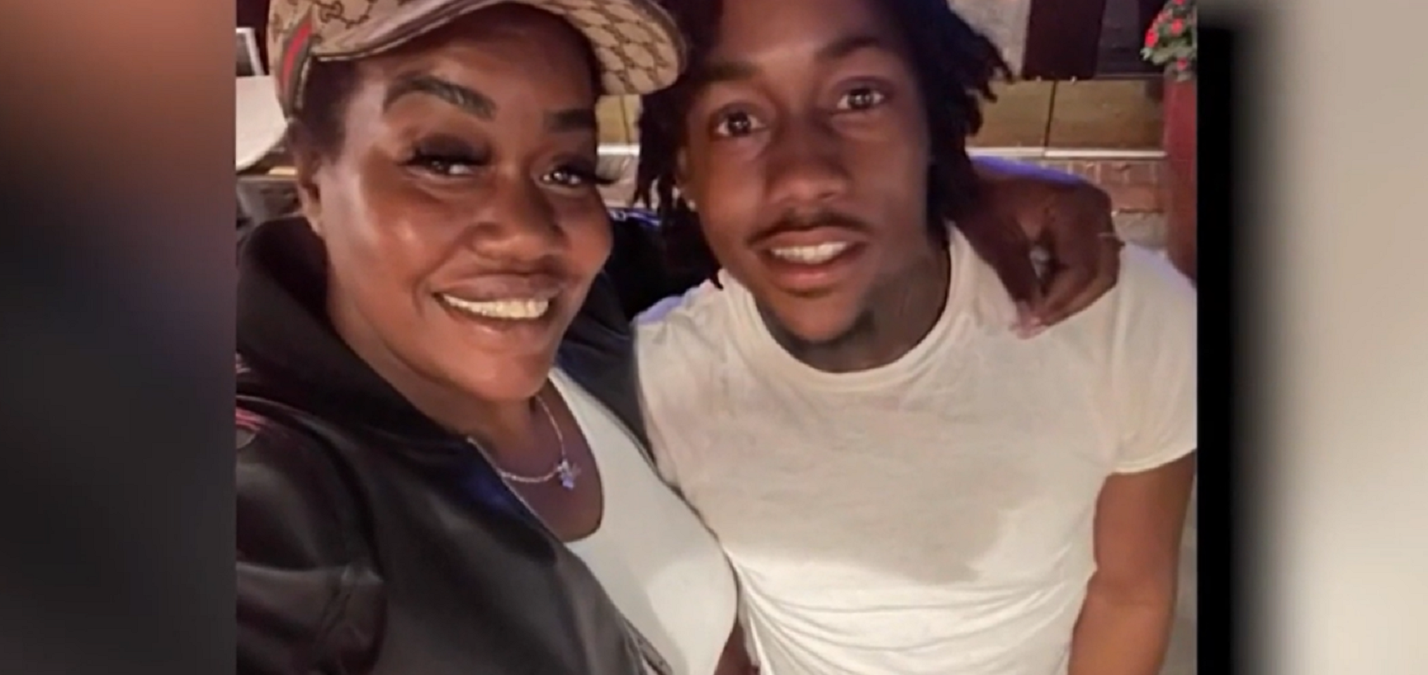On Monday, the Small Business Administration (SBA) started accepting applications for the latest version of the Paycheck Protection Program (PPP), which was established to provide relief to small businesses suffering during the coronavirus pandemic.
According to the parameters of the program, the loan will be fully forgiven if the funds are used for payroll costs, interest on mortgages, rent, and utilities. At least 75 percent of the forgiven amount must have been used for payroll.
Loan payments will also be deferred for six months.
The new round of $310 billion in funding is welcome news to small business owners like Richard Kelly, who applied in the first wave but did not get funded. He says his application was put on hold.
"It sat for 10 days or so without me getting any kind of response, (or) any indication they had received it or anything like that," said Kelly.
He applied on April 6th and wasn't approved until the 21st, after federal loan funding had run out. He was informed recently his application is now in the queue to be submitted to the SBA for the second round.
Kelly employs 10 people at his fabrications company in Elgin. Exhibit Fabrications Inc. is not considered essential, so all of their projects are on hold, but he is still paying his workers. Kelly has taken out a personal loan from life insurance to offset costs.
Local
If Kelly's loan application isn't approved, he may have to do something he desperately wants to avoid.
"I’m going to have to do something I don’t want to do and that’s close the business," he said.
Following criticism for funding large restaurant chains, the SBA has made changes to its system, including securing funding specifically for smaller lending and limiting the number of applications banks can submit within an hour.
"One of the big changes was that $60 billion was sectioned off for smaller lending institutions. $30 billion was for banks and credit unions with assets between $10-50 billion. Another $30 billion was set aside for institutions with less than $10 billion in total assets," said Bo Steiner, the Illinois district director of the SBA.
"We’ve put in some controls to help meter applications so no one institution gets all of the applications. We also put limitations in that at no single lender can take up more than 10 percent of the total appropriation that’s available," Steiner continued.
Another small business owner who's had success in the program is Joe Zucchero. His sandwich shop, Mr. Beef, has been in business in Chicago for over 40 years. In his career, Zucchero says he's never experienced anything like this.
"This is devastating," said Zucchero. "We’re doing 20 percent of what we normally do."
Zuchero credits his ability to secure federal funding to his financial adviser, who suggested using a smaller, regional bank, familiar with small business loans, to submit his application.
"I would encourage anybody to find a community bank, and if they can find a bank that is a preferred SBA lender, a PLP lender," said Joe Perry, the President of Perry Group Limited, a commercial debt advisory firm. "They understand that process and can navigate through it better and more efficiently than anybody else."
Perry says of the nearly 40 companies his firm represents, they've had a 100 percent success rate in the application process.
"What we learned was, a lot of these small businesses that went to these big banks were sort of left at the alter," said Perry.
Perry and other experts expect the second wave of PPP to be allocated quickly.
"It's my belief the second round has been absorbed already from the remnants of people that were approved in the first round but the funding dried up," said Perry.
Steiner says time is of the essence and encourages businesses to be proactive, persistent and prepared.



